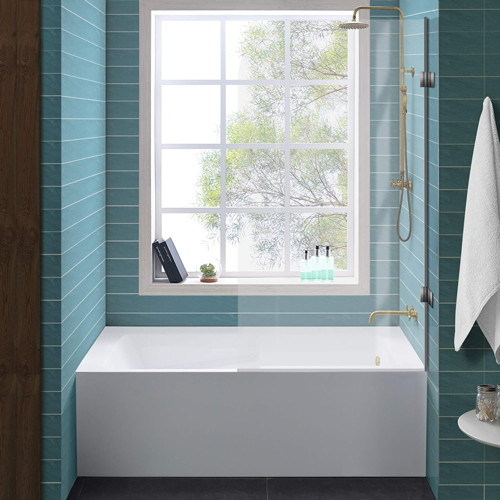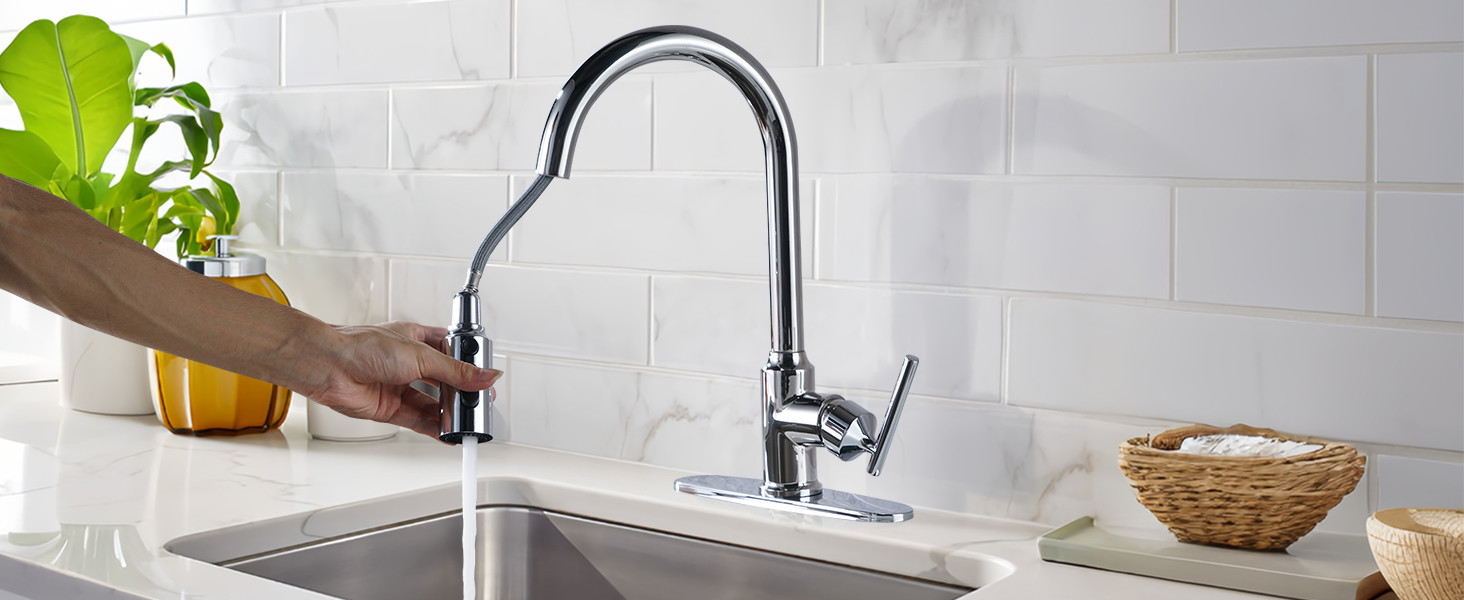
When designing or renovating a bathroom, one often overlooked yet crucial component is the tub riser. Tub risers are the pipes that connect your bathtub to the drainage system, ensuring that water flows smoothly and efficiently out of the tub. The height of these risers is essential not only for functionality but also for comfort and aesthetics. In this post, we will delve into the importance of height for tub risers, the factors influencing it, and best practices for installation.
Understanding Tub Riser Height
Tub riser height refers to the distance from the base of the tub to the top of the riser where it connects to the drainage system. This height is critical for several reasons:
- Proper Drainage: Correct riser height ensures that water drains effectively from the tub. If the riser is too short, water may not drain properly, leading to pooling and potential overflow. Conversely, if the riser is too tall, it may cause backflow issues.
- User Comfort: The height of the riser can affect the overall height of the tub. A tub that is too high can be difficult to enter and exit, especially for children, elderly individuals, or those with mobility issues. Conversely, a tub that is too low might not provide the desired soaking depth.
- Aesthetic Appeal: The riser height can influence the visual harmony of the bathroom. A tub that is improperly installed can look awkward and out of place, disrupting the overall design aesthetic.
Factors Influencing Tub Riser Height
Several factors need to be considered when determining the appropriate height for tub risers:
1. Type of Tub
Different types of tubs require different riser heights. For example:
- Standard Bathtubs: Typically, the riser height for standard bathtubs ranges from 14 to 17 inches. This height ensures adequate drainage and user comfort.
- Soaking Tubs: These tubs are deeper, requiring a higher riser height, usually around 20 to 24 inches, to accommodate the increased water depth.
- Freestanding Tubs: The height of the riser for freestanding tubs can vary widely depending on the design and height of the tub itself.
2. Bathroom Layout
The layout of the bathroom, including the location of the drainage system, can impact riser height. The distance from the tub to the drain and the slope of the floor can necessitate adjustments to the riser height.
3. Building Codes and Regulations
Local building codes and plumbing regulations often dictate minimum and maximum riser heights. It is crucial to consult these codes to ensure compliance and avoid potential issues during inspections.
4. Personal Preferences and Needs
The height of the riser can also be influenced by personal preferences. For instance, a taller individual may prefer a higher tub, while someone with mobility challenges might need a lower tub for easier access.
Best Practices for Tub Riser Installation
To ensure optimal performance and comfort, consider the following best practices when installing tub risers:
1. Consult Professional Plumbers
Engaging a professional plumber is highly recommended. They have the expertise to determine the appropriate riser height based on the specific tub type, bathroom layout, and local codes. Professional installation ensures that the riser height is accurately measured and properly installed.
2. Measure Accurately
Accurate measurement is key to determining the correct riser height. Measure the distance from the base of the tub to the desired drainage point, accounting for the slope of the floor and any other relevant factors.
3. Consider Accessibility
When installing tub risers, consider the needs of all potential users. Ensure that the tub is at a height that is comfortable and accessible for everyone, including children, elderly individuals, and those with disabilities.
4. Ensure Proper Slope
The riser must have an appropriate slope to facilitate drainage. A slope of about 1/4 inch per foot is generally recommended to ensure that water flows smoothly towards the drain.
5. Use Quality Materials
Investing in high-quality materials for the riser and related plumbing components is essential. Quality materials are more durable and less likely to cause issues such as leaks or clogs.
6. Regular Maintenance
Once installed, regular maintenance is crucial to keep the tub riser functioning correctly. Periodically check for leaks, blockages, or any signs of wear and tear, and address any issues promptly.
Conclusion of Height for Tub Risers
The height of tub risers is a critical factor in ensuring the proper functioning, comfort, and aesthetic appeal of your bathtub. By considering the type of tub, bathroom layout, building codes, and personal preferences, you can determine the optimal riser height for your needs. Engaging professional plumbers, measuring accurately, considering accessibility, ensuring proper slope, using quality materials, and performing regular maintenance are best practices that will help you achieve the perfect tub riser height. By paying attention to these details, you can create a bathroom that is both functional and beautiful, enhancing your overall bathing experience.
 WOWOW Faucets
WOWOW Faucets






您好!Please sign in